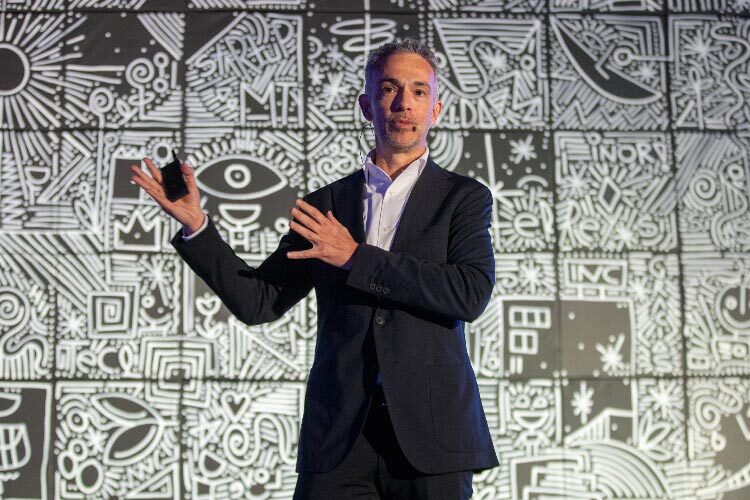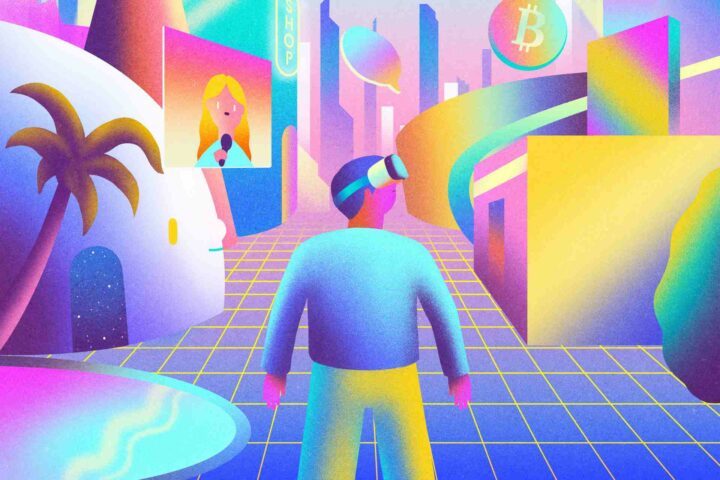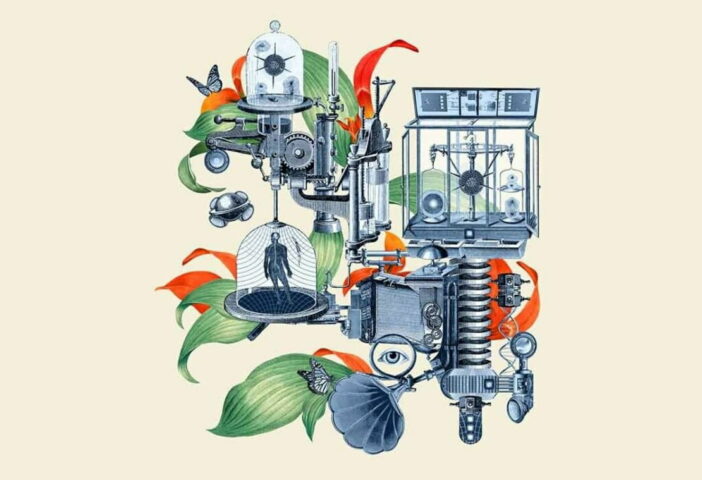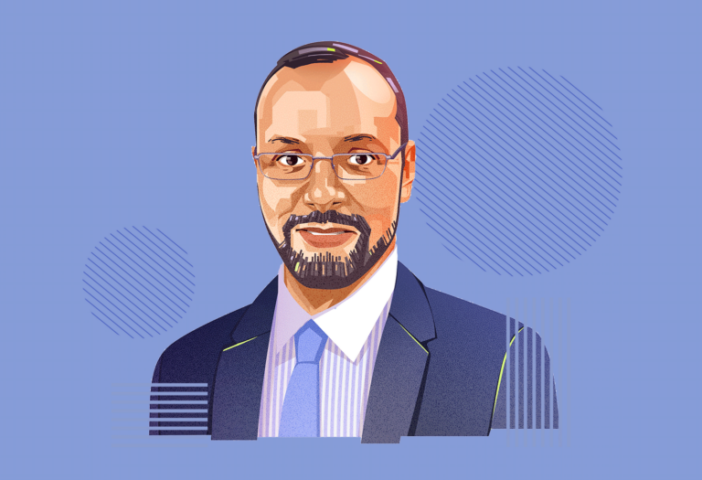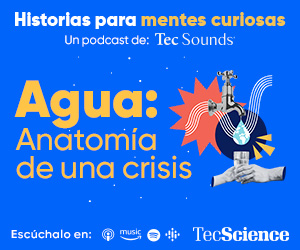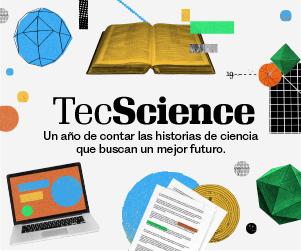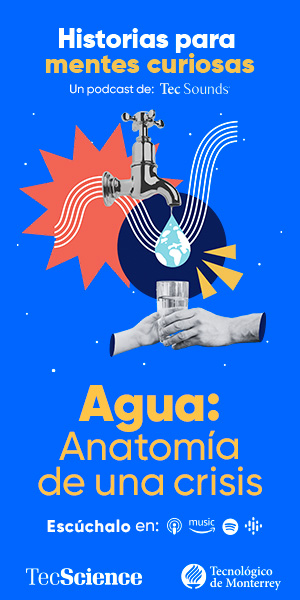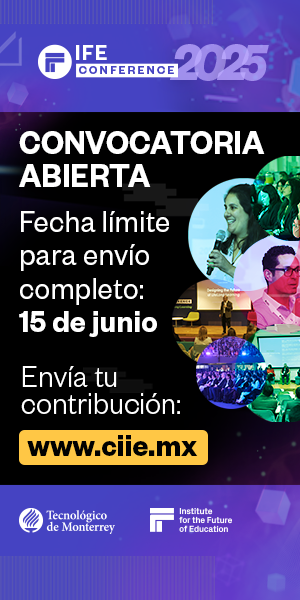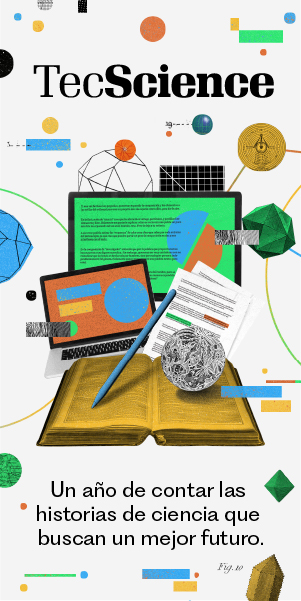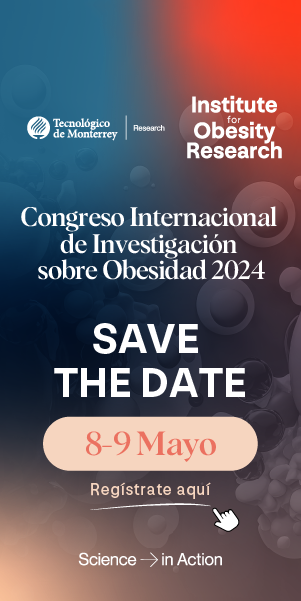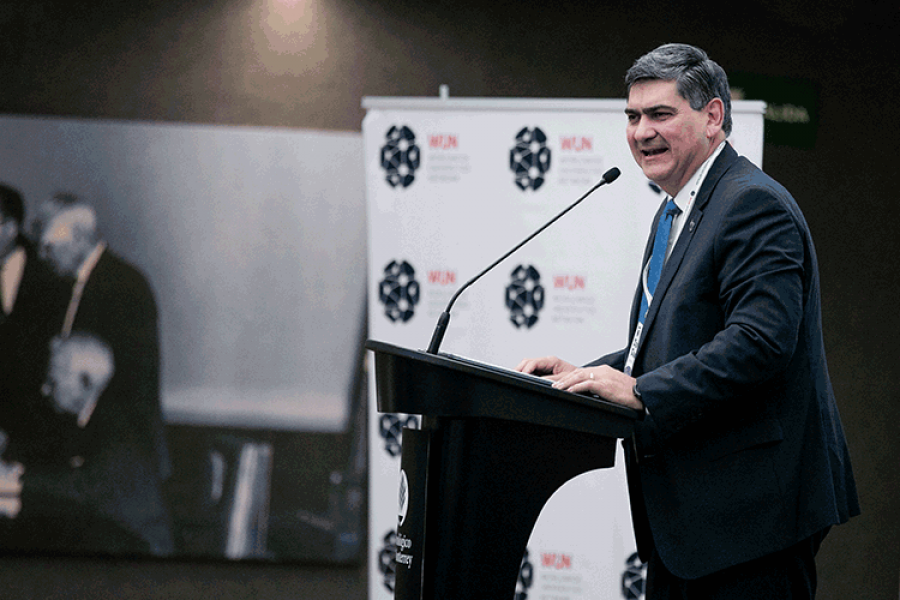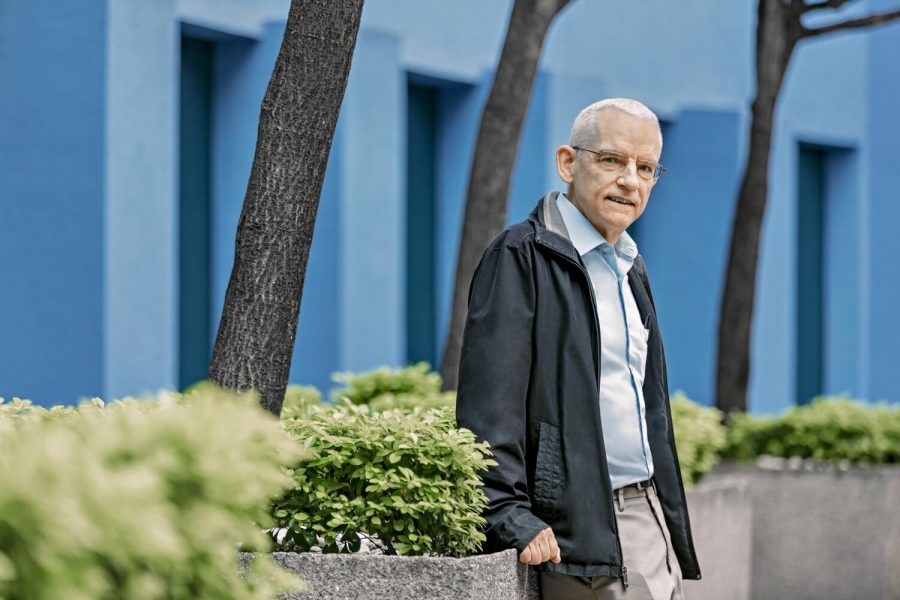Metaverses are virtual worlds designed for a variety of objectives, including sustaining work continuity during a pandemic and functioning as game environments such as Minecraft and Roblox, but they are also used in industrial contexts to build and modify real-world components such as agriculture and health care.
During his talk at INCMty 2023 titled Industrial Metaverses: Reality or Fiction? Alejandro Preinfalk, the CEO and President of Siemens Mexico explored some of these industrial metaverses and their potential in research and technology development for a better tomorrow.
Preinfalk pointed out that these metaverses are frequently connected with areas built for recreation and communication, particularly in relation to recent developments such as Facebook evolving into an ecosystem called Meta, which is focused on developing such spaces.
“In the industrial metaverses, we can generate millions of prototypes in seconds at a very low cost, enabling us to conduct tests and optimizations in the digital space before implementing them in the real world,” he added.
Digital Twins: Virtual Replicas of the Real World
A key characteristic of industrial metaverses is the idea of a “digital twin”—a virtual replica of anything existing in the real world that allows for not only design but also simulation under different conditions.
Siemens, for example, is working with the Formula 1 team Oracle Red Bull Racing to create 23 digital twins of the drivers’ vehicles, Max Verstappen and Sergio Pérez, that are suited to each track on the racing season.
Each digital twin is updated and altered according to the features of the track, such as air, rain, city height, and other factors.
This allows for the modeling of real-world upgrades for each automobile, offering a competitive advantage.
Metaverses can be used in medicine to develop and construct more affordable, lightweight, and individualized medical prostheses. This involves creating a digital twin of the patient in a virtual world.
This technology, according to Preinfalk, enables the creation of prostheses that are 90% less costly and 80% lighter than traditional ones.
Furthermore, they are researching the adaptability of certain pharmaceuticals by replicating distinct medical conditions, allowing them to digitally evaluate whether therapy may be more beneficial without the need for actual research on patients.
“In the future, we can have medicines created specifically for each one of us, improving people’s health,” he added.
Metaverses for a More Sustainable and Efficient World
Metaverses also play a role in the pursuit of sustainability and the mitigation of environmental damage.
Simulations of vertical farms for vegetables, which use 95% less water than traditional agriculture are an example, useful in water-scarce cities.
Another project involves the development of underwater biospheres for agriculture with the reduction of emissions.
Also, simulations of sea temperatures and conditions to avoid coral reef destruction, allow preventive actions to be taken before harmful climatic circumstances affect them.
Similarly, applications for production lines and massive manufacturing facilities are being developed to emulate processes that can be more efficient, use less energy, and demand fewer resources.
Preinfalk pointed out that these applications are not sci-fi fantasies, but rather realities that are being built through the use of current technologies such as Artificial Intelligence, the Internet of Things, Virtual Reality, and Blockchain, among others.
However, significant challenges remain to be overcome to be able to ensure democratic access to these technologies, such as connectivity issues, interoperability among various technologies and equipment, and a growing demand for digital talent capable of understanding, designing, and maintaining these systems.
“That’s why we must work together to make this technological shift a reality and build large metaverses collectively,” Preinfalk concluded.
